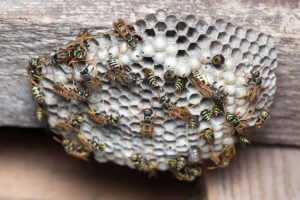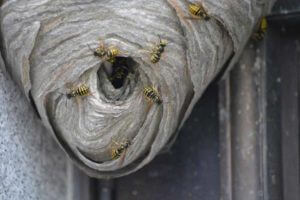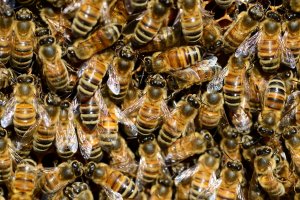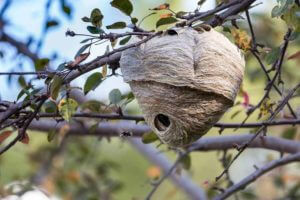As spring breakers flock eagerly to the Sunshine State, another swarm gets ready to descend upon us all…pests! As the weather warms up, the bugs start coming back in full force. As Michiganders, it’s unlikely that we know what kinds of pests to expect in a different state. Pests are often an afterthought when packing for a vacation. But, as always, knowledge is power, so the more you know, the better!
What kind of bugs can you expect during springtime in Florida? Icky palmetto bugs, mosquitos, stinging insects, and more are all ready to join the party. Don’t let that stop you from your plans though.
Here are the top 5 destinations you might find these spring break pests lurking.
1. Kitchens and bathrooms
The cooler weather of the Floridian winter was a nice break, especially when it came to being free of encounters of the bug kind. Palmetto bugs and roaches are back on the scene though, and your kitchen and bathroom are their favorite place to throw down. In search of moist conditions and food, they might mistake your screams for the kind of reveling partiers.
2. Anywhere there’s wood
Spring is a time for termites too, and Florida is rather prone to them. Anywhere you have exposed wood, watch for any termite damage.
3. Your lawn
There’s something so glorious about having a nice, green lawn in Florida. Until the chinch bugs come for a spring break party, leaving dead grass patches in their wake.
4. In your home
Did someone say, “Party?” If it’s a spring break party with Florida carpenter ants, we’ll be there. And we’ll bring plenty of refreshments to ensure these spring breakers get back out of town. They love wood damaged by termites. Chances are if you’ve got a termite party, these guys have probably turned up too.
5. Buzzing around your yard
There are two types of spring break pests that come to call at this time of year – mosquitos and other stinging insects like wasps, bees, and yellow jackets. It was so peaceful in your yard just weeks ago, but now you can’t enjoy your coffee without hearing buzzing in your ear, or worse, being chased back indoors by one of the more aggressive varieties.
No matter where you travel, pests are to be expected. Whether they are different or the same as those we have in our home states, knowing how to avoid potential run-ins with these pests will make all the difference!




